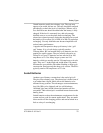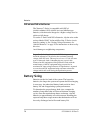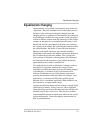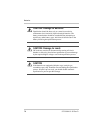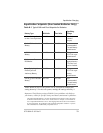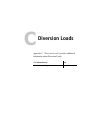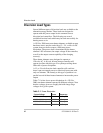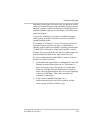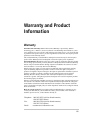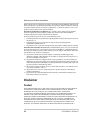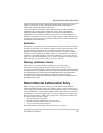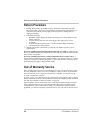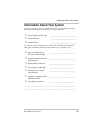
Diversion Load Types
975-0004-01-02 Rev D 83
Regardless of the type of diversion load you decide to utilize,
make sure that the diversion load can handle all the power the
charging system is capable of putting out. Paralleling heater
elements (whether open air or water heater) will allow more
power dissipation.
A good rule of thumb is to not have a combined charging
source greater than 80% of the diversion load controller’s
current handling ability.
For example, if a Xantrex C-Series, 40-amp diversion load
controller is being used, do not place a combination of
charging sources which are capable of putting out more than
32 amps (80% of 40 amps) on the load controller’s circuit.
Sizing a diversion system this way allows a safety margin for
unusual conditions (high winds, high water flow, etc.).
It is not recommended that light bulbs be used as diversion
loads for a couple of reasons:
1. An incandescent light bulb has a substantially lower cold
filament resistance than when it is on. This means it
draws more power (up to five times) to start the light
when it is cold than once the filament has warmed up.
Even a 40-watt light bulb may have an in-rush amperage
at turn-on of 200 amps. This could cause the load
controller to shut down.
2. In the event a light bulb load burns out, a
smaller-than-necessary load will be present, and the
excess energy will have nowhere to go.



